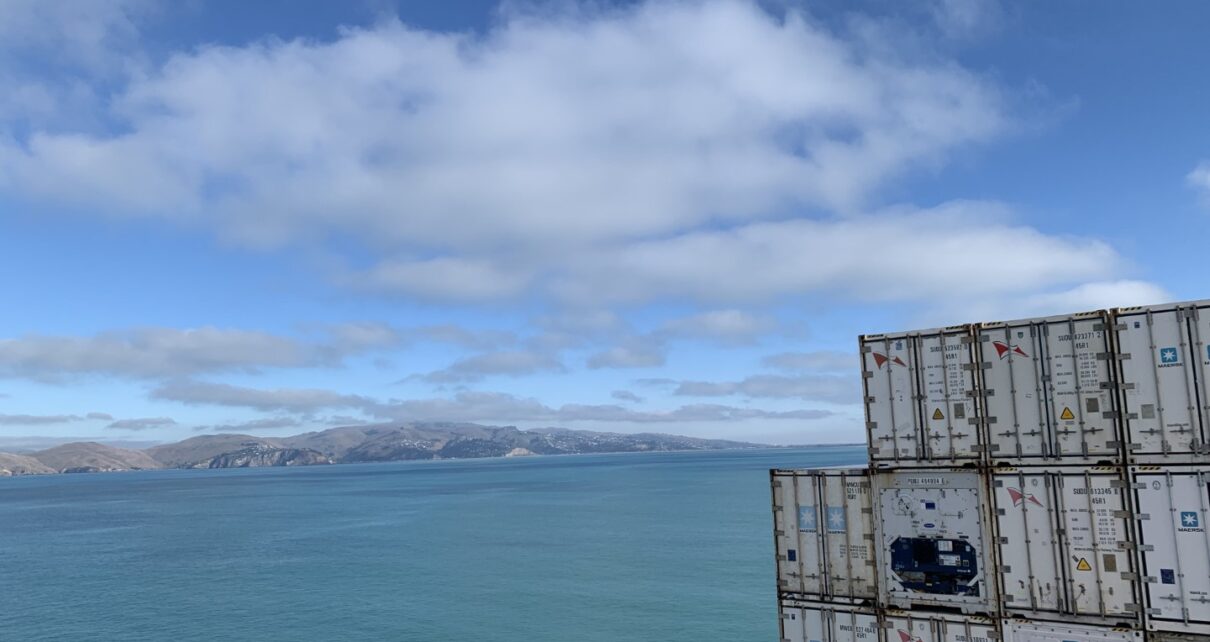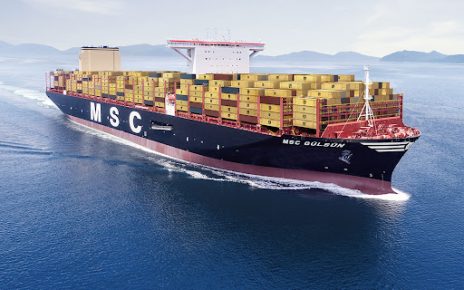Navigating Environmental Responsibility: Understanding IMO DCS and Data Collection. The International Maritime Organization (IMO) has been at the forefront of global efforts to reduce greenhouse gas emissions from shipping. One of the key initiatives introduced by IMO is the Data Collection System (DCS), aimed at enhancing transparency and accountability in tracking emissions from ships. In this article, we will delve into the IMO DCS, its objectives, requirements, and the crucial data that shipowners and operators must collect to comply with this essential environmental regulation.
Understanding IMO DCS:
The IMO DCS is a regulatory framework established under the MARPOL Annex VI, which focuses on air pollution and energy efficiency standards for international shipping. The primary goal of the DCS is to collect and report data on a ship’s fuel consumption, enabling the monitoring of its energy efficiency and carbon emissions.
Objectives of IMO DCS:
1. Emissions Reduction: By monitoring and reporting fuel consumption and emissions data, the DCS aims to drive energy efficiency improvements, which ultimately reduce greenhouse gas emissions from ships.
2. Transparency: The DCS enhances transparency by providing stakeholders, including governments, researchers, and the public, access to accurate and reliable emissions data from the global shipping industry.
3. Policy Development: The data collected through DCS informs policy development and decision-making, allowing for more effective regulations and measures to address emissions from international shipping.
Data to Be Collected Under IMO DCS:
To comply with IMO DCS requirements, shipowners and operators are required to collect specific data related to their vessel’s fuel consumption and emissions. The key data to be collected includes:
1. Voyage Data: This includes information about each voyage, such as departure and arrival ports, distance traveled, and the duration of the voyage. Voyage data helps assess the efficiency of specific routes and voyage segments.
2. Fuel Consumption Data: Shipowners and operators must record accurate data on the amount of fuel consumed during each voyage. This data is essential for calculating the vessel’s energy efficiency and emissions.
3. Distance Traveled: The distance traveled during each voyage, measured in nautical miles, is a crucial parameter for calculating the energy efficiency of the vessel.
4. Cargo Carried: Information about the type and quantity of cargo carried on each voyage is necessary to assess the relationship between cargo volume and emissions.
5. Time Underway: Recording the duration of time the vessel is underway during each voyage is vital for determining the energy efficiency of various operational modes.
6. Emissions Data: This includes the calculation of CO2 emissions based on the collected fuel consumption data. Emissions data must be reported in metric tons of CO2.
7. Energy Efficiency Operational Indicator (EEOI): The EEOI is calculated by dividing the total CO2 emissions by the total transport work, which is the product of cargo carried and the distance traveled. It provides a standardized measure of a ship’s energy efficiency.
Data Collection Methods:
To collect the required data effectively, shipowners and operators have several methods at their disposal:
1. Bunker Fuel Delivery Notes: Fuel consumption data can be obtained from bunker fuel delivery notes, which provide information on the amount of fuel delivered and used.
2. Flow Meters: Installing flow meters on board the vessel can provide accurate real-time data on fuel consumption.
3. Logbooks and Voyage Reports: Shipboard logbooks and voyage reports can be used to record voyage-specific data, including distance traveled and cargo carried.
4. Monitoring Systems: Advanced onboard monitoring systems can automatically collect and store data on fuel consumption, emissions, and other relevant parameters.
Compliance with IMO DCS:
Compliance with IMO DCS is mandatory for vessels of 5,000 gross tonnage and above. Shipowners and operators are required to collect and report the data outlined above to their flag state, which will subsequently verify and report the aggregated data to IMO. The reporting period is on an annual basis.
Failure to comply with IMO DCS can result in penalties and may also affect a vessel’s ability to trade internationally.
Conclusion: A Greener Future for Shipping
The IMO DCS represents a significant step forward in the maritime industry’s commitment to reducing greenhouse gas emissions. By collecting and reporting accurate data on fuel consumption and emissions, shipowners and operators contribute to a more transparent and environmentally responsible shipping sector. The data collected through DCS not only helps track progress in emissions reduction but also informs the development of future regulations and measures to mitigate the industry’s environmental impact. As the maritime industry navigates towards a greener future, the IMO DCS plays a pivotal role in ensuring that environmental responsibility remains a top priority.



